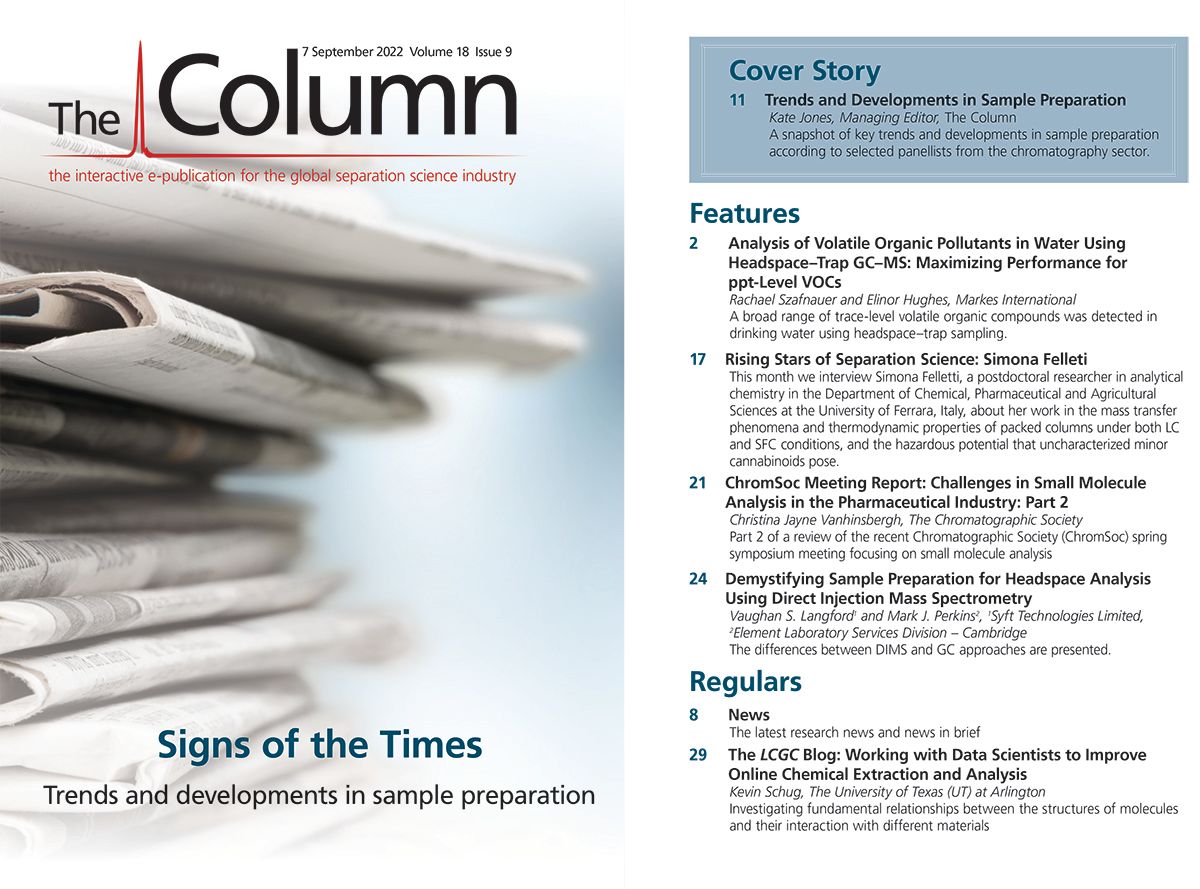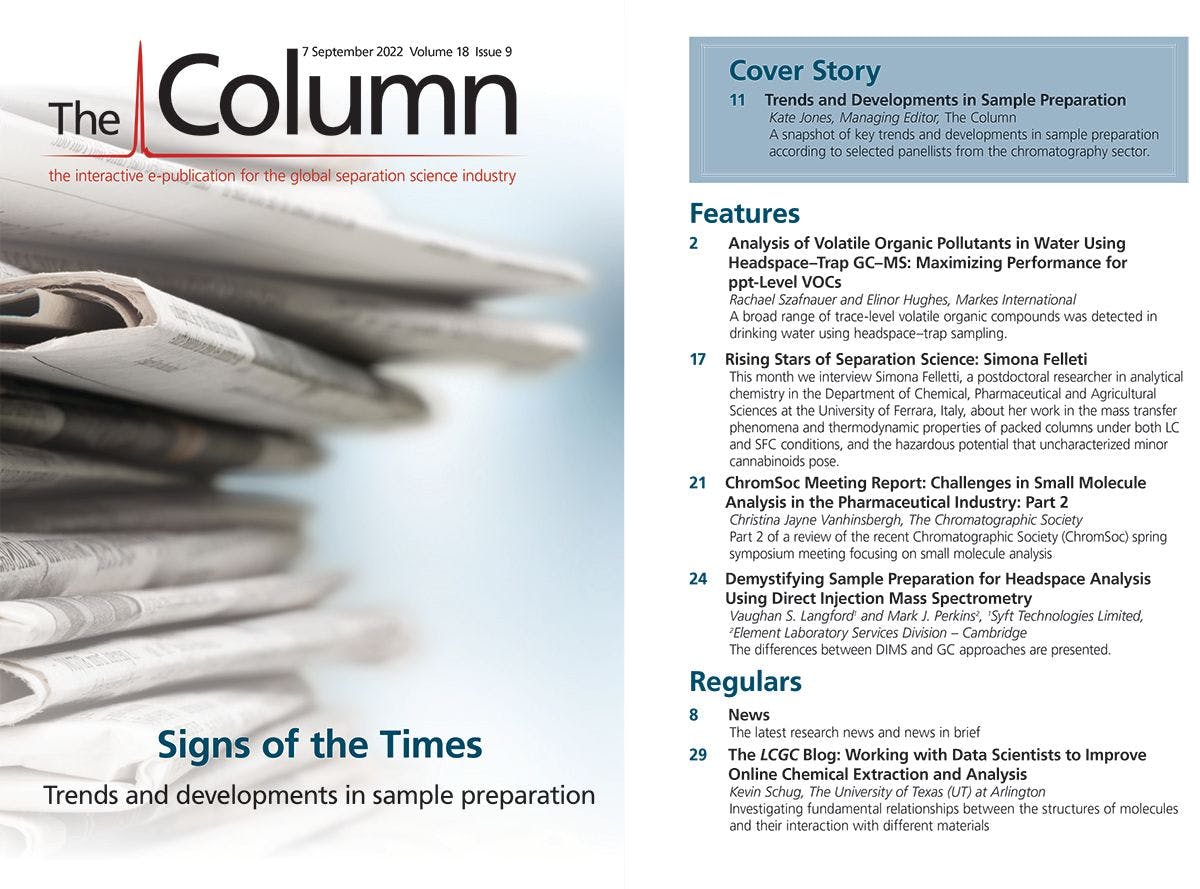Chiron Announces New North American Distribution Agreements
Chiron AS (Trondheim, Norway) has announced new North American distribution partnerships with Ibis Scientific, LLC (Las Vegas, USA) and Chromatographic Specialties Inc. (Ontario, Canada).
“Access to high quality and innovative analytical standards is essential to research,” said Jon Johansen, Managing Director at Chiron. “These new distribution agreements will help to ensure our products are more easily available to customers across North America, benefitting the wider scientific community.”
Ibis Scientific is a leading regional provider of analytical laboratory products, certified reference standards, and consumables for gas and liquid chromatography (GC/LC) and inductively coupled plasma–mass spectrometry (ICP/ICP-MS) workflows.
“Our nationwide shipping and warehouse supply locations will provide a host of benefits for Chiron’s customers. We firmly believe that this exciting new agreement will be of huge benefit to everyone involved,” said Justin Spencer, President of Ibis Scientific.
Chromatographic Specialties has over 55 years of expertise in GC and LC, supplying instrumentation, chemicals, and sample preparation consumables to the Canadian scientific community.
“We’re delighted to be a part of the Chiron distributor family. We are fully committed to providing our customers with high quality products, backed by expert technical support. Chiron’s range of products is an excellent fit for us,” said Ken Jordan, Sales and Marketing Manager at Chromatographic Specialties.
These newest partners will be joining Chiron’s existing representatives across North America–Caledon, Sapphire NA, and Design Scientific–to further strengthen the company’s product supply network.
For more information, please visit: www.chiron.no

HPLC 2025 Preview: Fundamentally Speaking (Part 1)
May 13th 2025Michael Lämmerhofer from the Institute of Pharmaceutical Sciences, University of Tübingen, Germany, spoke to JFK Huber Lecture Award winner of 2024 Torgny Fornstedt, professor in analytical chemistry and leader of the Fundamental Separation Science Group, Karlstad University, Sweden, about his pioneering work in high performance liquid chromatography (HPLC) with a focus on fundamentals and industrial applications.
Reversed-Phases for LC Deliberately Doped with Positive Charge: Tips and Tricks for Effective Use
May 13th 2025In this month's edition of LC Troubleshooting, Dwight Stoll and his fellow researchers discuss both the benefits (improved peak shape/loading) and challenges (excessive interaction) associated with charge-doped reversed-phase (RP) columns for both analytical and preparative separations.
Determining Ways to Protect Honeybee Colonies with GC–MS
May 13th 2025A study conducted by the Agriculture Research Centre of Giza, Egypt, and Jilin Agricultural University in China, evaluated the efficacy of stinging nettle extract, nettle smoke, and formic acid in the controlling of Varroa mites, a major threat to honeybee colonies, with a focus on mite infestation reduction, honeybee mortality, and biochemical responses. Gas chromatography–mass spectrometry (GC–MS) was used to identify key bioactive compounds in the stinging nettle extract.

.png&w=3840&q=75)

.png&w=3840&q=75)



.png&w=3840&q=75)



.png&w=3840&q=75)















